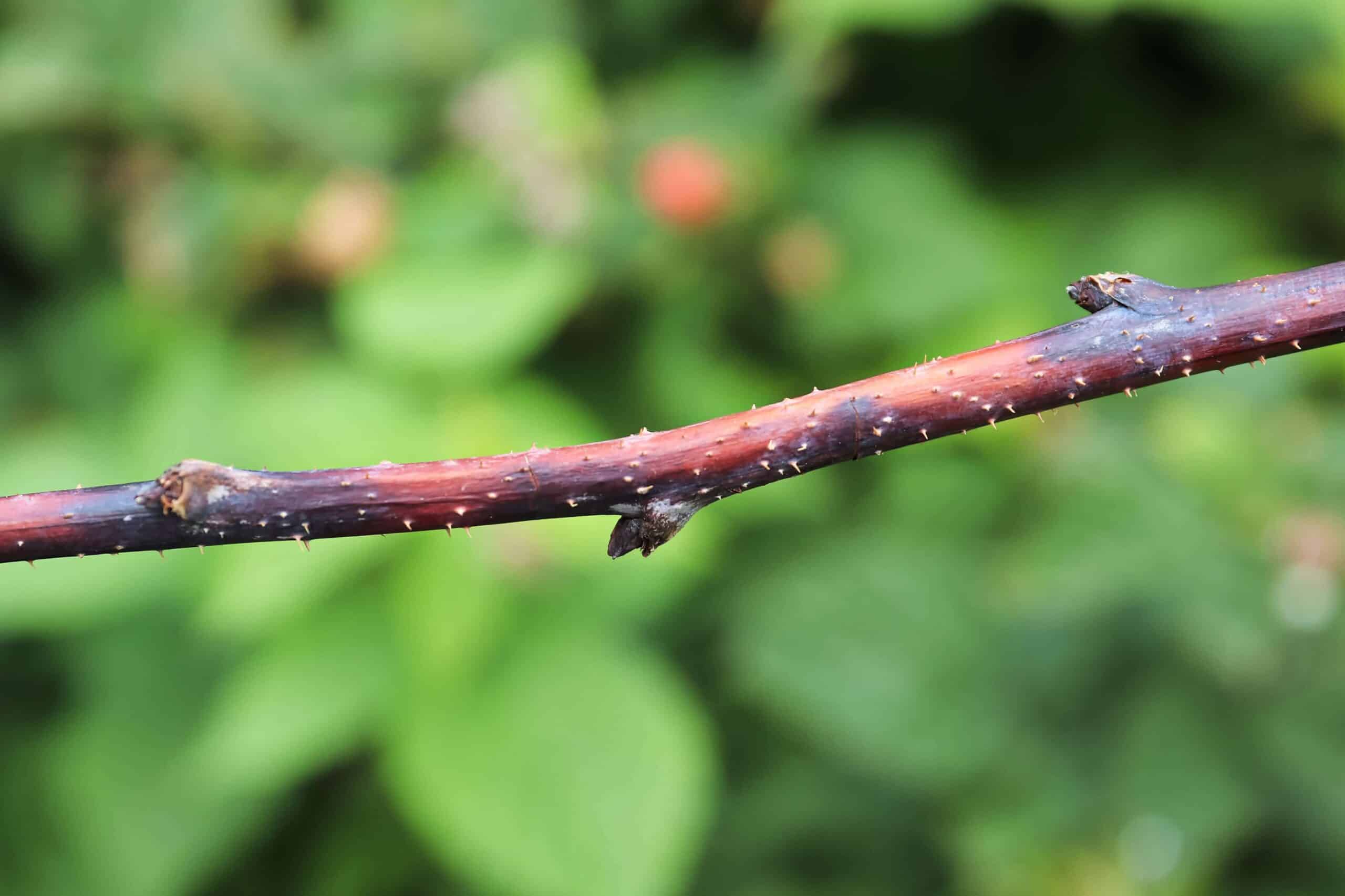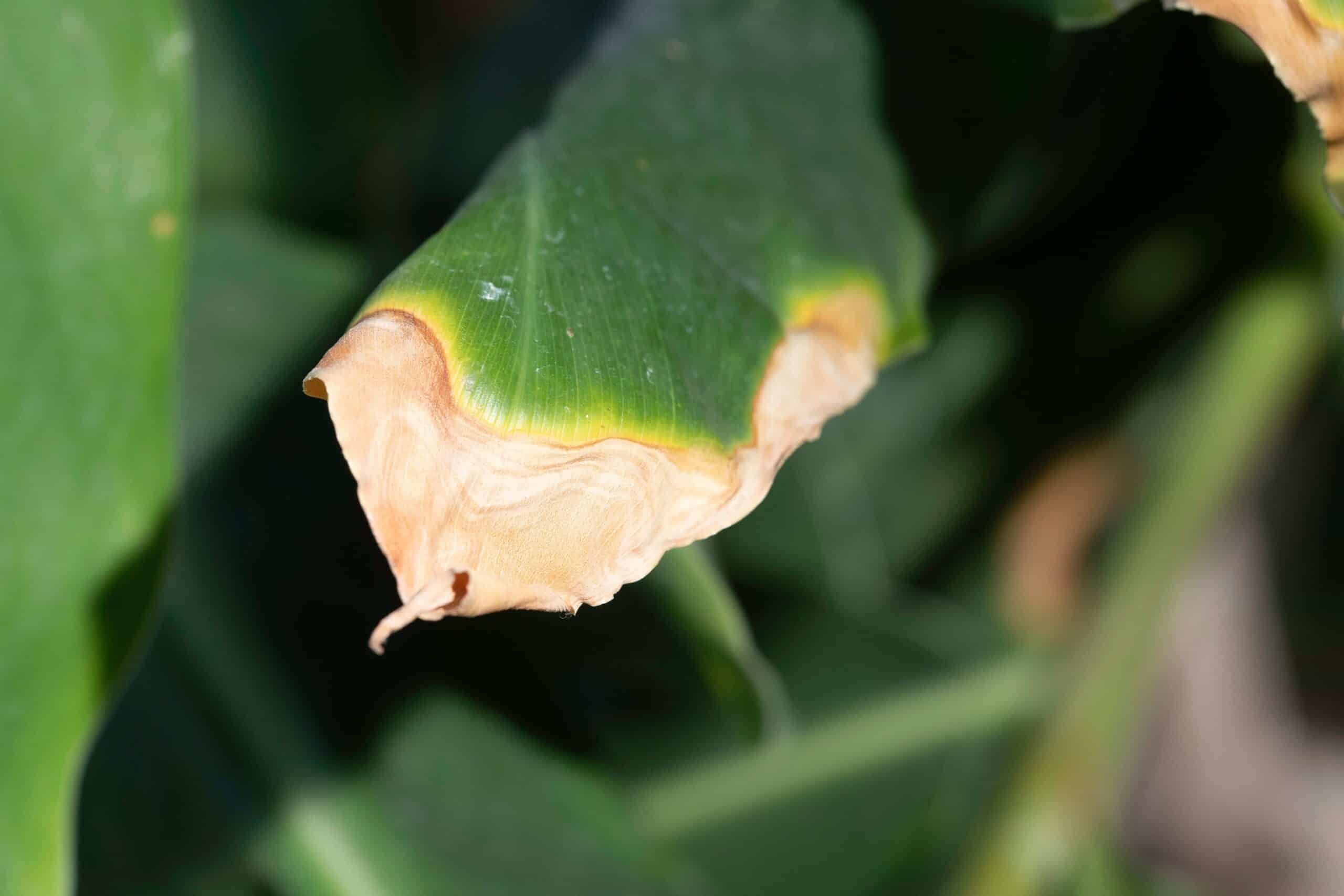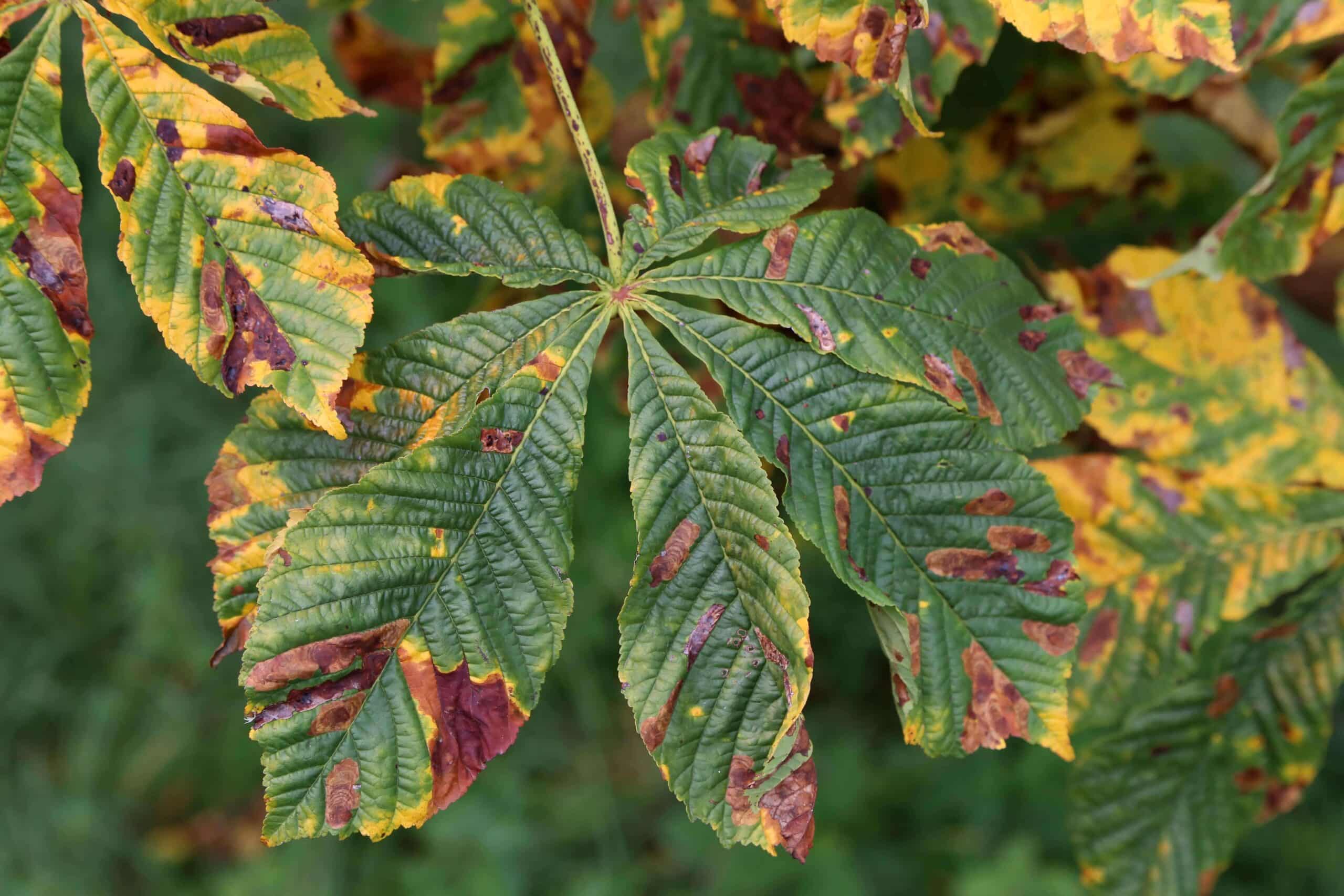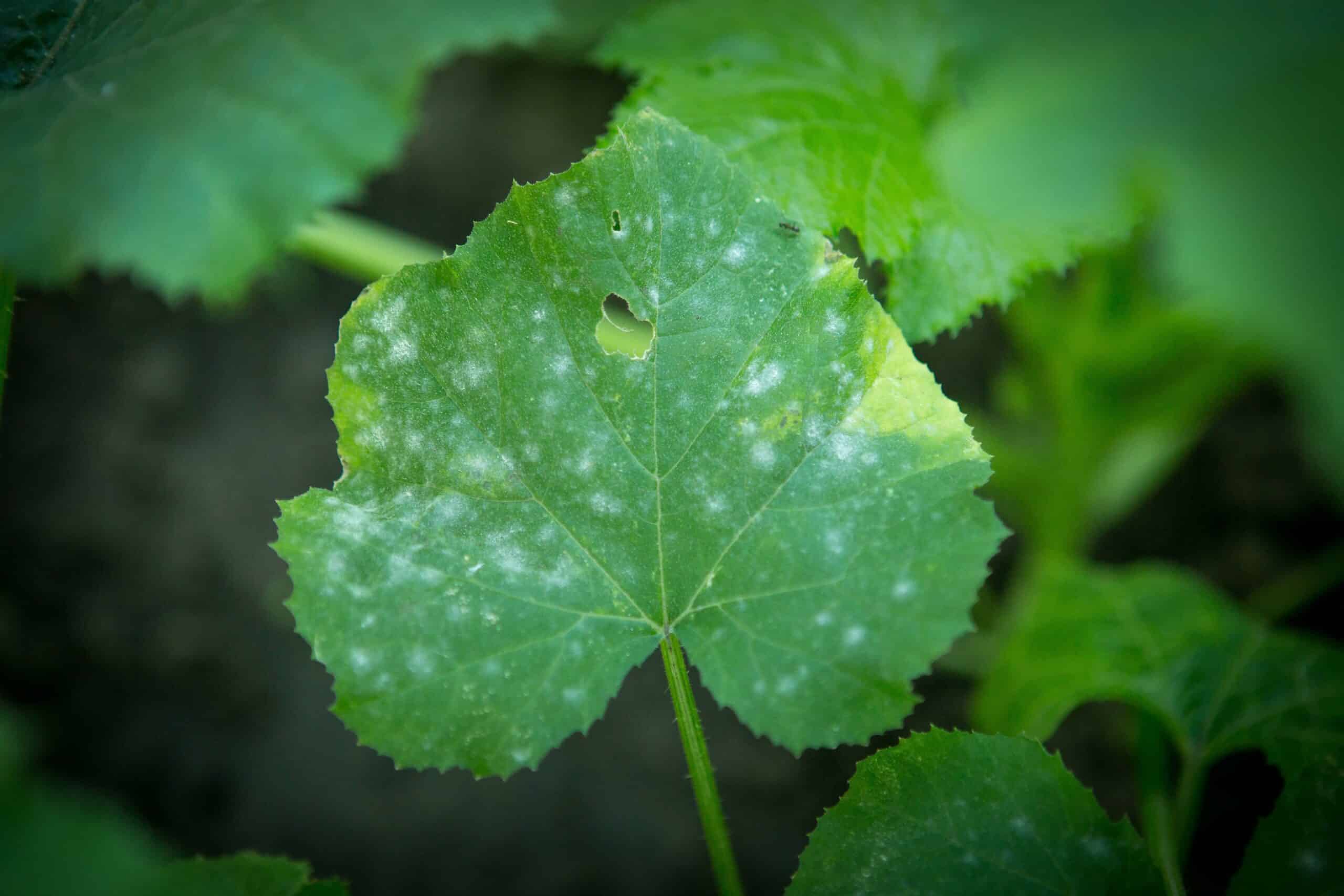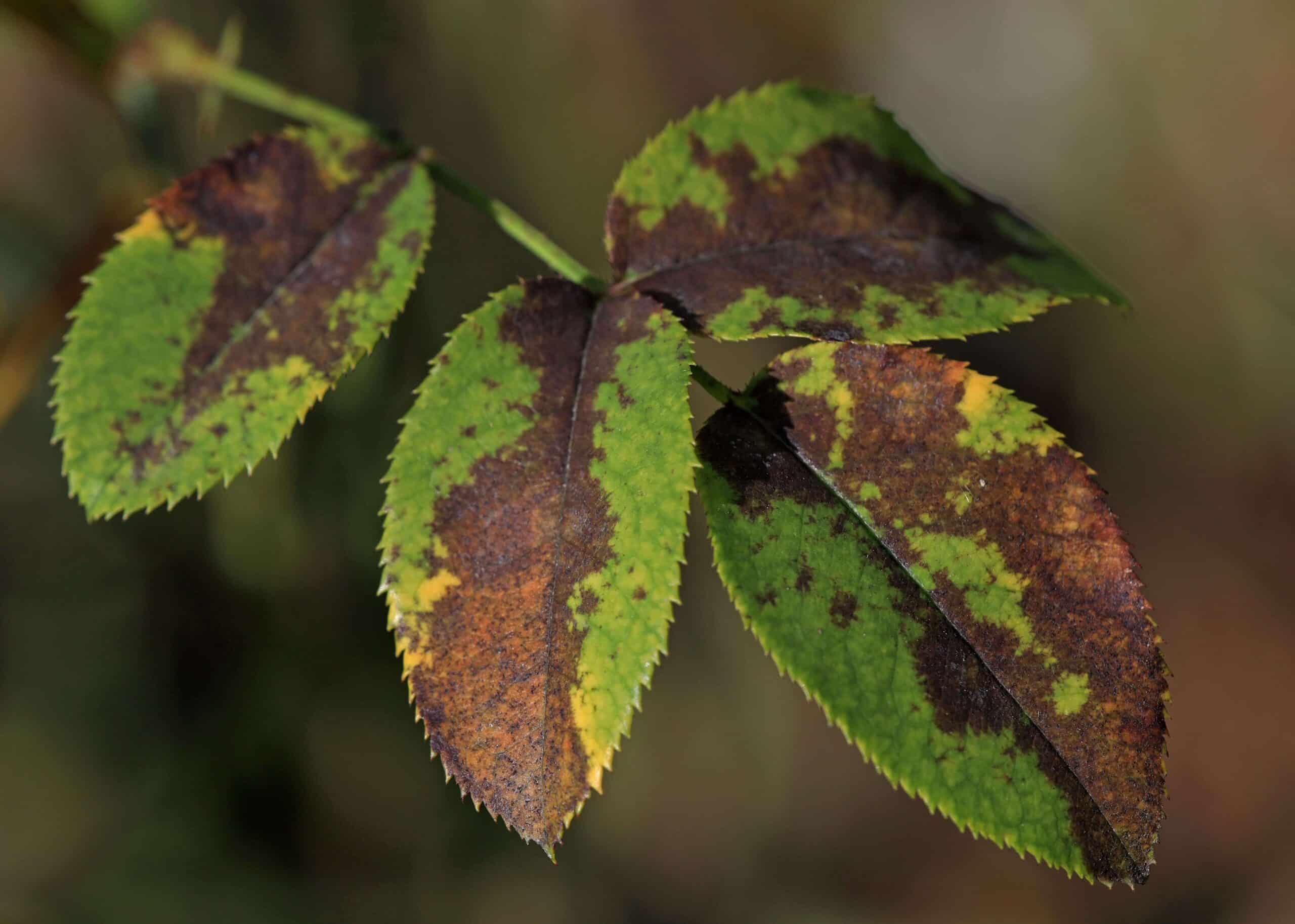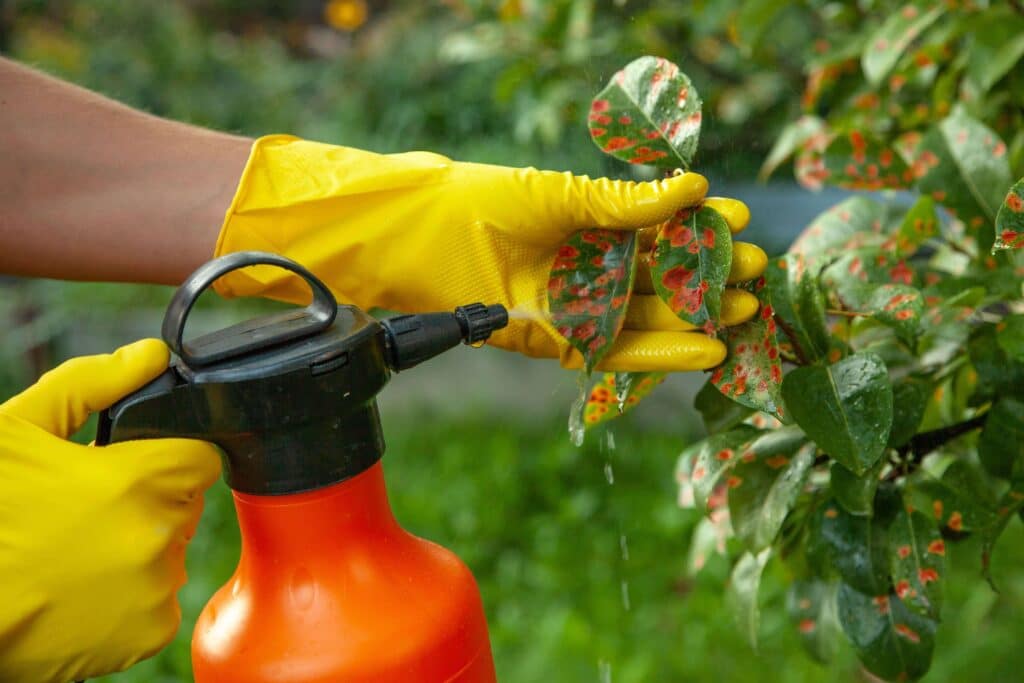
In the lush landscapes of Georgia, trees add beauty, shade, and value to our environment. However, these natural giants are not immune to the threat of diseases, which can diminish their health and longevity. Understanding common tree diseases in Georgia, recognizing their symptoms, and knowing the effective treatment methods are crucial steps in safeguarding our arboreal assets. This article delves into the prevalent tree diseases in the region, offers advice on treatment, and shows pictures of tree diseases so you can learn to identify them easily.
Common Tree Diseases and Their Treatment
1. Pine Beetle Infestation
One of the most devastating issues for pine trees in Georgia is the pine beetle infestation. These beetles bore into the tree, disrupting the flow of nutrients and water, eventually leading to the tree’s death.
Treatment
- Prevention is key; maintain tree health through proper watering, mulching, and fertilization.
- Remove infested trees to prevent the spread to healthy trees.
- Apply insecticides as a preventative measure on healthy trees in high-risk areas.
2. Oak Wilt
Oak wilt is a fungal disease that affects oak trees, blocking the water-conducting vessels and causing leaves to wilt and die.
Treatment
- Prune infected branches during the dormant season to prevent the spread of the fungus.
- Inject fungicides into the tree’s vascular system.
- Create a trench around infected trees to prevent root grafts from spreading the disease to neighboring trees.
3. Fire Blight
Fire blight is a bacterial disease that affects a variety of trees and shrubs, including pear and apple trees. It causes the branches and leaves to appear as if they’ve been burned.
Treatment
- Prune infected branches well below the infected parts during dry weather to prevent the spread of bacteria.
- Apply antibacterial sprays during the blooming period to prevent infection.
- Choose resistant varieties when planting new trees.
4. Powdery Mildew
Powdery mildew is a fungal disease that covers leaves in a white, powdery coating, potentially leading to leaf distortion and drop.
Treatment
- Increase air circulation by thinning the tree and pruning overcrowded branches.
- Apply fungicides if necessary, especially during humid conditions when the disease is most prevalent.
5. Root Rot
Root rot, caused by various fungi, affects the roots of trees, leading to a decline in health and, eventually, death if untreated.
Treatment
- Improve drainage around the tree to prevent waterlogged conditions.
- Remove severely affected trees to prevent the spread of the disease.
- Use fungicides as a soil drench for mild cases.
6. Fusiform Rust
Fusiform Rust is a fungal disease primarily affecting pine trees, characterized by large, spindle-shaped galls on branches and stems, which can weaken and eventually kill the tree.
Treatment
- Prune and dispose of infected branches and galls to reduce the spread of the fungus.
- Apply fungicides to susceptible trees during high-risk periods as a preventive measure.
- Select resistant varieties of pine trees for new plantings.
7. Dutch Elm Disease
Dutch Elm Disease is a devastating fungal disease that affects elm trees, spread by bark beetles. It causes wilting, the yellowing of leaves, and ultimately leads to the tree’s death.
Treatment
- Remove and destroy infected trees to prevent the spread of the disease.
- Inject trees with fungicides as a preventive measure, especially those in close proximity to infected trees.
- Maintain tree health through proper watering, mulching, and care to reduce susceptibility.
8. Leaf Spot Diseases
Leaf Spot Diseases, caused by various fungi and bacteria, are characterized by spots on leaves which may lead to premature leaf drop and general weakening of the tree. These spots can be of different colors and sizes depending on the pathogen involved.
Treatment
- Prune and destroy infected leaves and branches to reduce the spread of the disease. This should be done carefully to avoid spreading the spores.
- Improve air circulation around the tree by thinning out dense branches, which helps leaves to dry more quickly and reduces the likelihood of infection.
- Avoid overhead watering to minimize leaf wetness, which is conducive to the development of leaf spot diseases.
- Apply fungicides or bactericides as necessary, following label instructions for the best results against the specific type of leaf spot disease. Note that these treatments are more effective as preventive measures rather than curative ones.
Pictures of Tree Diseases
Causes of Tree Diseases Affecting Georgia’s Trees
Georgia’s diverse climate, ranging from subtropical in the south to more temperate zones in the north, provides an ideal environment for various tree species to thrive. However, this diversity also opens the door to numerous pathogens, including fungi, bacteria, and viruses, which can cause a range of tree diseases. Early detection through the examination of pictures of tree diseases and timely intervention can mitigate the impact of these diseases.
Below are the common causes of tree diseases in the region:
- Environmental Stress: Trees under stress from drought, excessive water, extreme temperatures, or poor soil conditions are more prone to diseases.
- Insect Infestations: Insects such as bark beetles and aphids can damage trees, making them more vulnerable to diseases.
- Poor Cultural Practices: Improper planting, over or under-watering, excessive use of fertilizers, and improper pruning can lead to stressed trees and increased disease susceptibility.
- Fungal Pathogens: Many tree diseases are caused by fungi that thrive in moist, warm conditions.
- Bacterial Pathogens: Some tree diseases, like fire blight, are caused by bacteria that infect through wounds or natural openings in the tree.
- Viral Infections: Though less common, viruses can also cause diseases in trees, often spread by insects.
- Soil Compaction: Compacted soil reduces the oxygen available to tree roots, weakening the tree and making it more susceptible to diseases.
- Mechanical Damage: Damage from lawn mowers, construction, or other mechanical injuries can create entry points for pathogens.
Preventative Measures and General Care
Preventing tree diseases involves regular monitoring, proper cultural practices, and the maintenance of tree health through:
- Regular Inspections: Early detection by examining for symptoms and consulting pictures of tree diseases.
- Proper Watering: Avoiding both over and under-watering.
- Mulching: Helps retain soil moisture and regulates temperature.
- Pruning: Removing dead or infected branches helps improve air circulation.
Partner with Treewurk for Comprehensive Tree Care
Here at Treewurk, we understand the importance of healthy trees to the Georgia landscape and its residents. Our team of certified arborists and tree care professionals is dedicated to providing comprehensive tree care services throughout the state for all types of trees. With an emphasis on disease prevention, accurate diagnosis, and effective treatment, we ensure the longevity and beauty of your trees.
If you’ve noticed signs of disease in your trees or are in need of professional tree inspection or maintenance, we encourage you to contact Treewurk for a free estimate. Our expertise covers everything from identifying and treating the diseases outlined in this article to routine maintenance and emergency tree services. Let us help you protect and enhance your property’s natural beauty with our knowledgeable, efficient, and environmentally responsible tree care solutions.
FAQs
Look for common signs such as unusual leaf discoloration, premature leaf drop, visible fungi, or the appearance of wounds on the bark. Early diagnosis is key to effectively managing tree diseases.
Early spring and late fall are ideal times for inspecting your trees, as these seasons provide clear views of the tree structure and early signs of disease before and after the foliage season.
Some trees can fend off mild diseases with proper care and favorable conditions, but many diseases require intervention to prevent serious damage or death of the tree.
Contact a certified arborist or tree care professional for an accurate diagnosis and treatment plan. Attempting to treat the disease without expert knowledge can sometimes do more harm than good.
Annual inspections are recommended to catch any early signs of disease or potential problems that could affect your trees’ health.
Yes, proper pruning can remove diseased parts and improve air circulation, significantly reducing the risk of many fungal and bacterial diseases.

